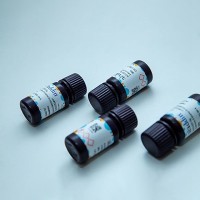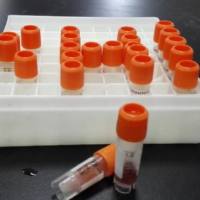Solving Problems in Multiplex FISH
互联网
603
Over the last 15 yr, advances in molecular biology have allowed improvements in the sensitivity and versatility of cytogenetic analysis. These advances have included developments in recombinant technology such as fluorescence in situ hybridization (FISH), a means of detecting chromosome rearrangements through the use of DNA-specific probes known as chromosome paints. Recent extensions to this painting technology are multiplex FISH (MFISH) (1 ) and spectral karyotyping (SKY) (2 ). These technologies use complex combinatorial probes and sophisticated image analysis software to allow each of the 24 different human chromosomes to be simultaneously identified in 24 discrete colors, making it possible to screen for rearrangements between all chromosomes in one analysis. These techniques have been used to characterize hematological malignancies (3 ) and bladder (4 ,5 ) and prostate cancer (6 –8 ). MFISH represents a useful tool for the genome-wide screening of chromosome rearrangement and is becoming increasingly practiced in both the research and diagnostic professions. It follows that a chapter on the use of these technologies is appropriately included in a series on the methods used in malignancy cytogenetics.








